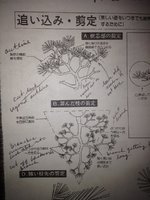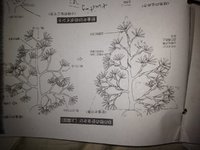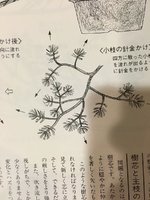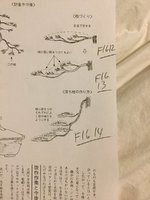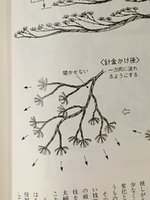AndyJ
Shohin
Hi folks.
I wonder if you can help me? I’m thinking about the process of building pads on pines and I think I’ve confused myself! How do you proceed when doing this?
- Do you let branches grow out long to develop thickness and then cut back, and then start pinching / decandling to get ramification? But you have to cut back to an existing shoot on pines, don’t you? You can’t just cut all growth off like you might do on a maple, knowing it will shoot from nodes further back on the trunk, pines won’t do that, will they?
- Or, as soon as you have shoots in the places you want branches, do you pinch / decandle to create ramification and rinse / repeat over multiple seasons and gradually grow the branch out like this? Will the branch thicken if you do this?
- Or, do you pinch / decandle a shoot and when this sends out new candles, do you select one of these to grow out as a sacrifice shoot on the branch? Then leave this sacrifice shoot to grow and thicken the branch while you pinch / decandle to create ramification on the branch?
I hope this makes sense?
Thanks all.
Andy
I wonder if you can help me? I’m thinking about the process of building pads on pines and I think I’ve confused myself! How do you proceed when doing this?
- Do you let branches grow out long to develop thickness and then cut back, and then start pinching / decandling to get ramification? But you have to cut back to an existing shoot on pines, don’t you? You can’t just cut all growth off like you might do on a maple, knowing it will shoot from nodes further back on the trunk, pines won’t do that, will they?
- Or, as soon as you have shoots in the places you want branches, do you pinch / decandle to create ramification and rinse / repeat over multiple seasons and gradually grow the branch out like this? Will the branch thicken if you do this?
- Or, do you pinch / decandle a shoot and when this sends out new candles, do you select one of these to grow out as a sacrifice shoot on the branch? Then leave this sacrifice shoot to grow and thicken the branch while you pinch / decandle to create ramification on the branch?
I hope this makes sense?
Thanks all.
Andy

